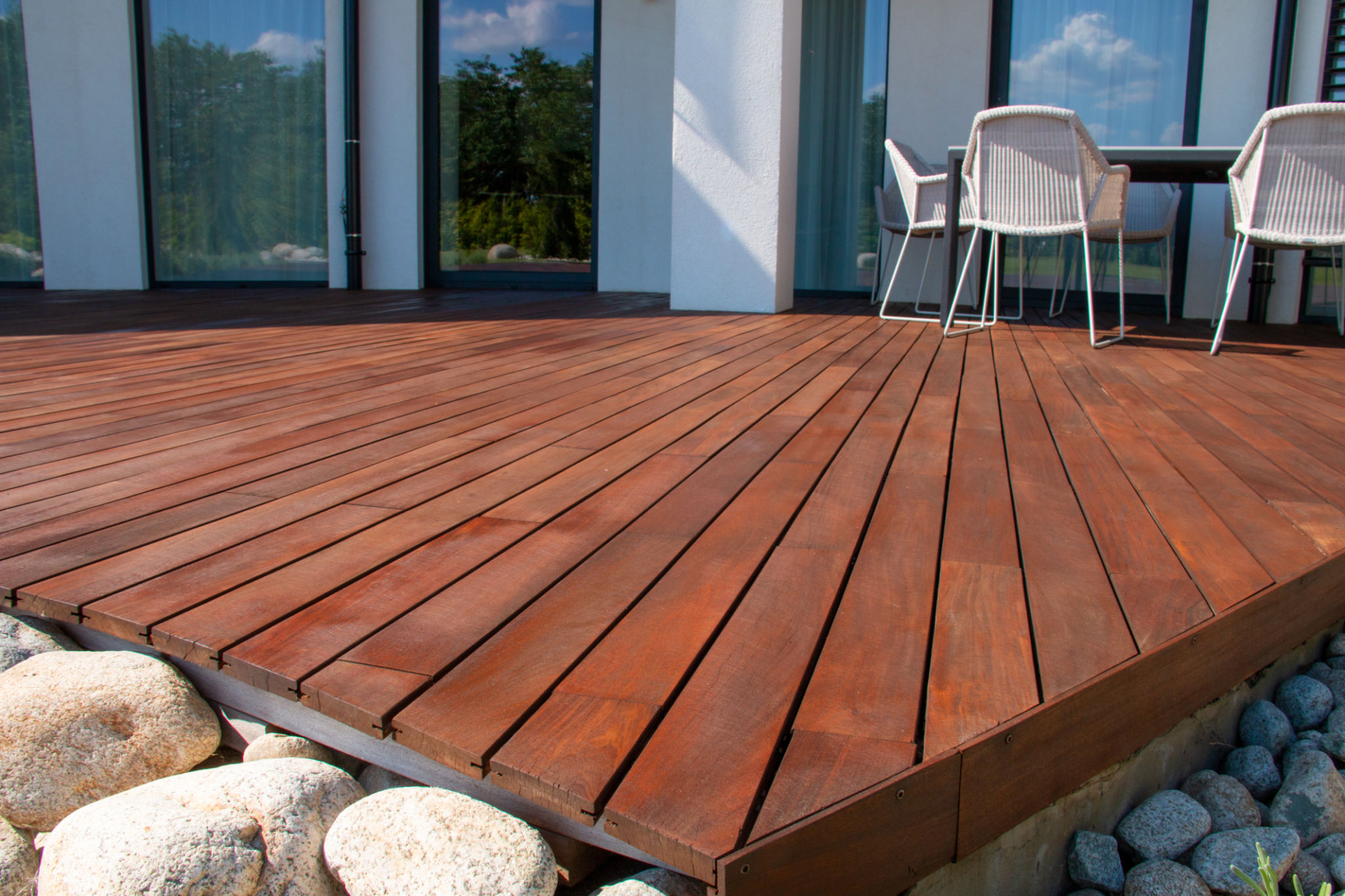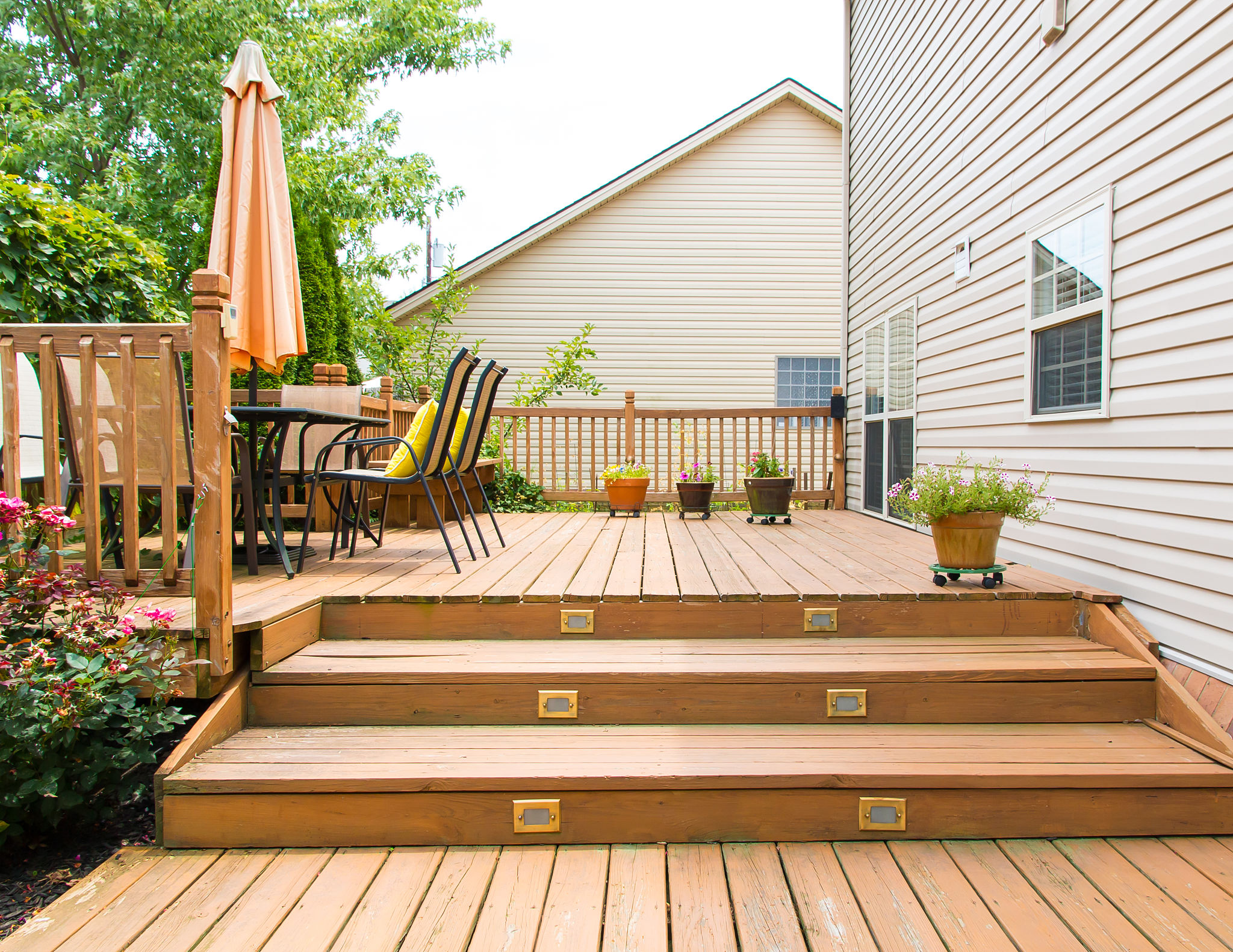5 Common Myths About Alternative Wood Decking Debunked
Understanding Alternative Wood Decking
Alternative wood decking has gained significant popularity over the years as homeowners look for sustainable and low-maintenance options. However, despite its growing use, several myths persist about these materials that often lead to confusion. In this blog post, we’ll debunk five common myths about alternative wood decking, helping you make an informed decision for your outdoor living space.

Myth 1: Alternative Wood Decking Looks Unnatural
One of the most prevalent myths is that alternative wood decking lacks the natural appearance of real wood. While early versions may have had a more synthetic look, technological advancements have allowed manufacturers to create composite and PVC decking that closely mimics the grain and texture of traditional timber. Today's options come in a variety of colors and finishes that can enhance the aesthetic of any home.
In fact, many homeowners find that the consistent look and feel of alternative wood decking provide a more polished appearance. This consistency also means fewer imperfections and blemishes compared to natural wood, which can suffer from knots and other irregularities.
Myth 2: Alternative Decking Is Not Environmentally Friendly
Another common misconception is that alternative wood decking is not eco-friendly. Contrary to this belief, many alternative decking products are made from recycled materials. Composite decking, for example, often includes recycled plastics and reclaimed wood fibers, reducing the need for virgin materials and diverting waste from landfills.

Additionally, the production process for alternative decking typically consumes less energy and resources compared to traditional wood decking. As a result, choosing these materials can actually contribute to a more sustainable building practice.
Myth 3: Alternative Wood Decking Is Expensive
While the initial cost of alternative wood decking may be higher than some traditional wood options, it’s essential to consider the long-term benefits and savings. Alternative wood decking requires far less maintenance than natural wood. There’s no need for sanding, staining, or sealing, which can save both time and money over the lifespan of your deck.
Moreover, alternative decking materials are engineered to resist rot, mold, and insects, which can extend the life of your deck significantly. When you factor in these benefits, alternative decking often proves to be a cost-effective investment.

Myth 4: Alternative Decking Is Not Durable
Some homeowners worry that alternative wood decking won't stand up to wear and tear as well as natural wood. In reality, alternative decking materials are designed to be highly durable. They are resistant to fading, staining, and scratching, which means they maintain their appearance longer than natural wood decks.
Thanks to their resistance to moisture and UV rays, these materials can withstand harsh weather conditions without warping or splintering. This durability makes them an ideal choice for families with children or pets who will frequently use the outdoor space.
Myth 5: Limited Design Options
The belief that alternative wood decking offers limited design possibilities is another myth that needs debunking. Today’s market provides a wide array of styles, colors, and textures to fit any aesthetic preference. From sleek modern designs to rustic charm, there’s an option for every taste.

Furthermore, alternative decking can be customized with various accessories like railing systems, lighting options, and built-in seating, allowing for creativity in designing a truly unique outdoor space. These elements can transform a simple deck into a personalized oasis.
In conclusion, alternative wood decking offers a blend of beauty, durability, and sustainability that makes it an excellent choice for modern homeowners. By dispelling these common myths, you can make a more informed choice for your next home improvement project.